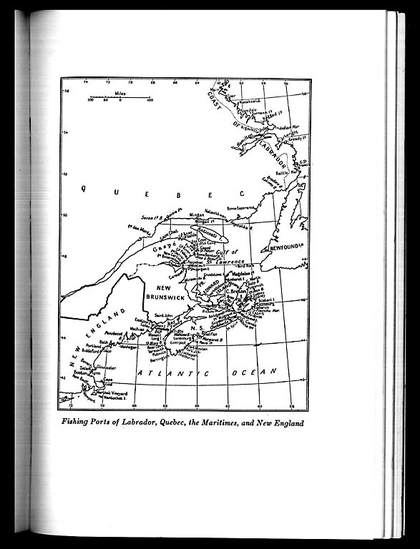|
Cod connects to Maine through exploration, encounter and exchange.
The New England area was first discovered by those exploring for bigger and better cod sources. The region that is now Maine was occupied by Native Americans, and those explorers encountered and traded cod with them. There were also various ports of cod trade on the coast of Maine including Bath, Penobscot, Portland, Biddeford and Saco. |
Preview of the Documentary, Saving New England Fisheries [NHPTV, 2016]
Most of the Maine economy was created and is sustained by the fishing industry, and cod. Maine towns were primarily fishing towns, or built ships, and processed cod. Due to over-fishing, and climate change over the past century, there has been a decline of the Gulf of Maine fishery, and some of the economy of the region has dwindled.
"...the precipitous decline in fishing population is not just affecting our ecology but also our economy..."
-Evan Mallet, Excerpt from Saving New England Fisheries [2016]
-Evan Mallet, Excerpt from Saving New England Fisheries [2016]
Ted Ames, a local Maine fisherman, said that his family came to the United States in 1658, settling in Marshfeild Massachutes and moved to Maine in 1758. In the town he lives there is a population of 3,320 people, 400 of whom are full time fisherman, each supporting approximately 2 deck hands. This results in the fishing industry supporting 1200 people in his town, as well as jobs in the supporting industries and the 5 cod buying stations.
Maine was a part of the exploration, encounter and exchange that was created by the discovery of cod in North America. It created important ports of exchange, generated opportunities for encounters of new Native Americans, and was a part of the first fisheries explored in the New World.

